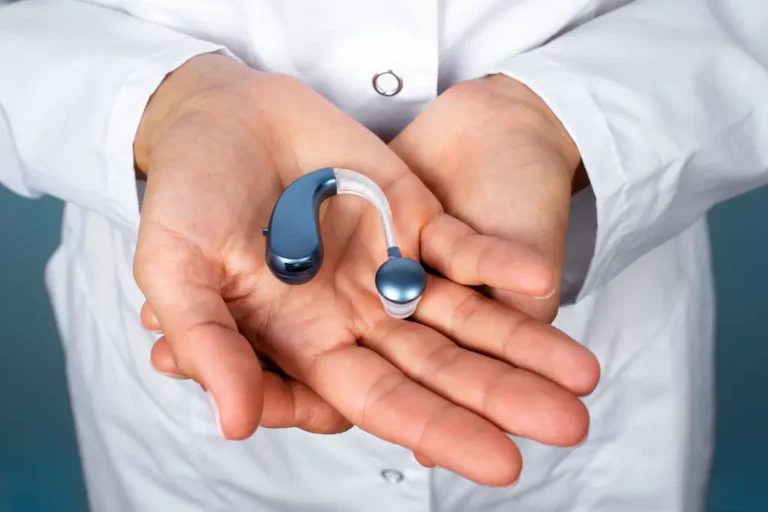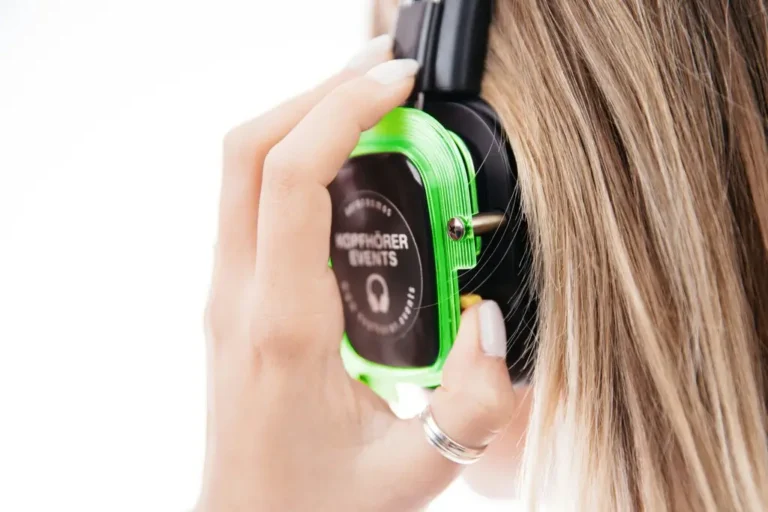Home The Big Questions: How Does a Cochlear Implant Enable the Deaf to Hear?
The Big Questions: How Does a Cochlear Implant Enable the Deaf to Hear?
Cochlear implants can be life-changing. These devices allow patients with profound hearing loss to regain their world of sound. If you’ve ever wondered, “How does a cochlear implant enable the deaf to hear?” – you’re in the right place.
- November 15, 2024
From Sound to Signal: How Does a Cochlear Implant Work?
In a nutshell, the cochlear implant bypasses the damaged part of the ear. It takes the sound signals directly to the cochlear nerve (also called the acoustic nerve), which transmits them to the brain’s auditory cortex. The brain interprets these signals, which we experience as hearing. If you have sensorineural hearing loss – the delicate hair cells in the inner ear are damaged, but the rest of the system is functional – the device can bypass the nonfunctional area and restore the hearing connection.
Most devices have two distinct components, each with its own roles to play. They are often connected by a powerful magnet, so the external piece can be removable.
Microphone & Sound Processor
- External unit, often worn behind the ear like a hearing aid
- Picks up noises from the environment
- Converts sound wave vibrations into electrical signals
- Sends them to the receiver
- The speech processor is designed to identify and prioritize speech sounds
Receiver
- Internal implant, placed to have access to the auditory nerve
- Receives the signals from the processor via radio signals
- Transfers these electrical impulses to stimulate the acoustic nerve – a function usually performed by the inner ear
Evaluating Eligibility: Who Qualifies?

The most important criterion is the cause of the hearing loss. If there is damage to the auditory nervous system, then an implant may not be able to work as it is intended. But if your issue is with the ear itself, this may be the life-changing treatment you’ve been searching for.
Next, your audiologist will evaluate the severity of the auditory loss. If a non-invasive assistive device, like a hearing aid, will provide sufficient support, it’s less likely that you’ll be recommended an implant. However, you may be a great candidate for taking advantage of the benefits of cochlear implants.
In general, implants are most successful among people who have only been experiencing severe to profound hearing loss for a short time. The longer someone has been deaf, the more challenging it can be to adapt. This is why cochlear implants are often closely associated with children. It’s also easier to train your brain to use your new hearing system when you’re younger, although it can be done at any age with persistence and the right support.

Unlock a New World of Sound with NYC Hearing Associates

Once you understand the technology, the question moves from, “How does a cochlear implant enable the deaf to hear?” to “Is this a good choice for me?” If you or someone you know is suffering from severe or profound hearing loss, this medical intervention could change their life. Get in touch with our team for a full hearing assessment to find out whether a cochlear implant could be right for you.

FAQ
What is it like to hear with a cochlear implant?
Can a Deaf person hear with a cochlear implant?
Yes, this device can assist with even profound deafness. While it may never restore full natural hearing, it enables the wearer to perceive sounds and communicate more effectively.
Who is a good candidate?
A person with severe to profound hearing loss caused by a problem with the inner ear doesn’t benefit from traditional hearing aids. Each case is carefully evaluated by an audiologist and an ENT specialist.
How long does it take to adjust?
This depends on the individual, but it usually takes up to a year of therapy and practice to adapt to this new way of hearing.




